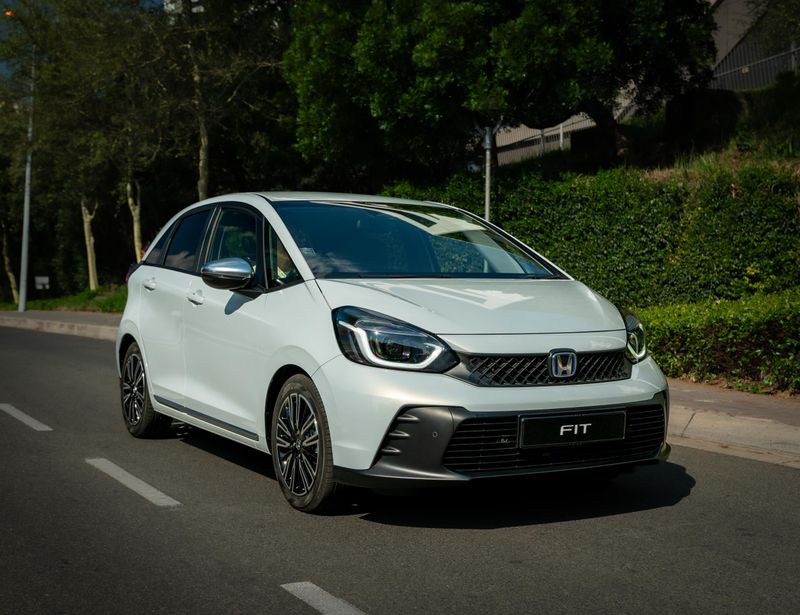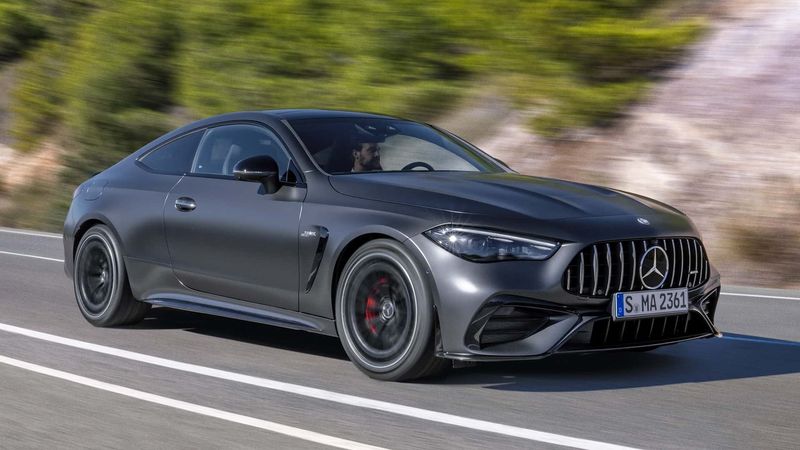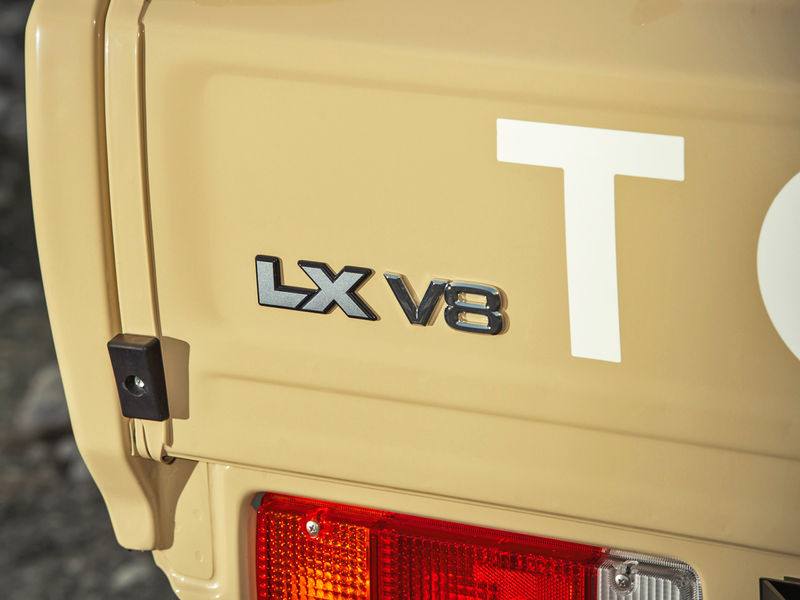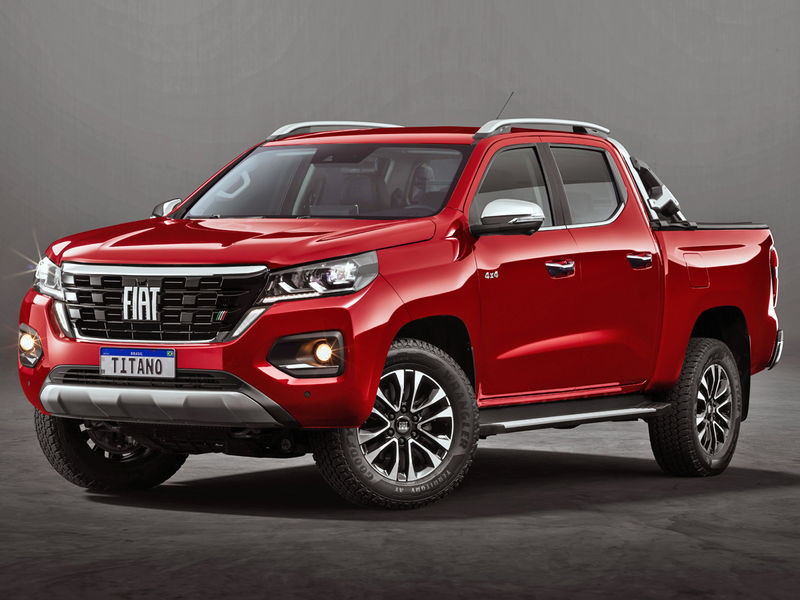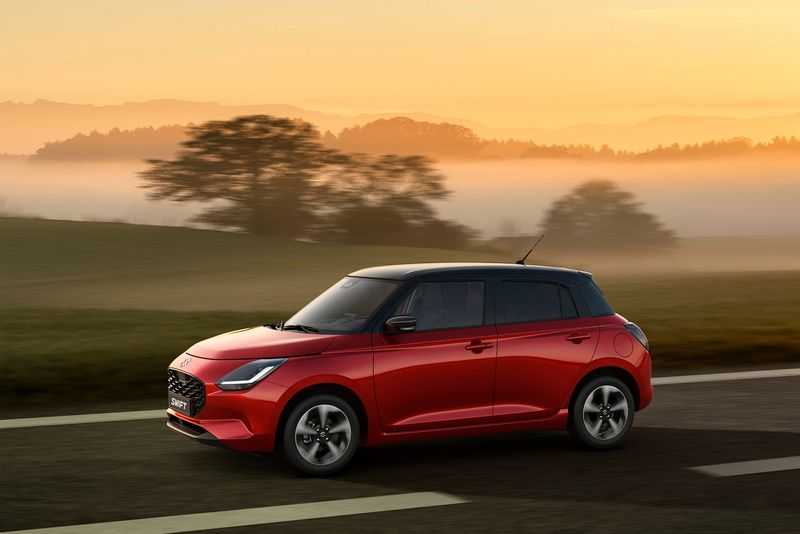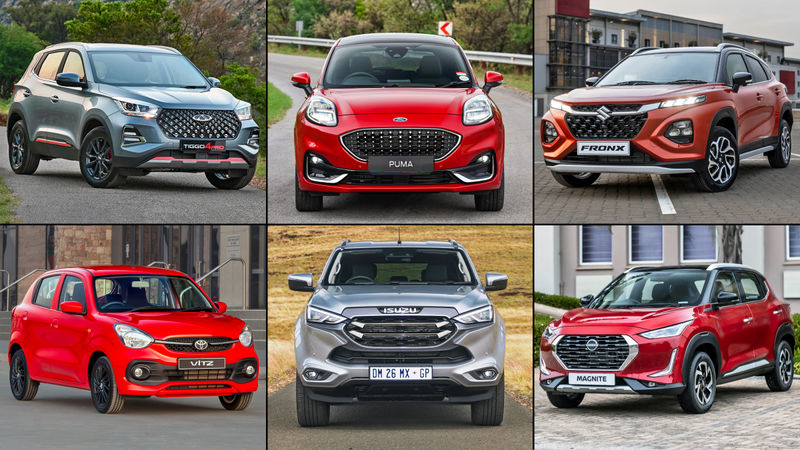





The 2nd-generation Audi Q3 has grown up considerably. It's longer, wider and boasts a longer wheelbase than the outgoing model, which means that it'smore spacious overall. It is built on the VW Group's MQB platform, which is renowned for its ride quality and space utilisation.
The Q3 line-up features a range of4-cylinder turbocharged petrol or diesel engines. While South African engines are not confirmed and subject to fuel compatibility, the global market with receive a 1.5-litre and two iterations of 2.0-litre petrol, as well as a 2.0-litre diesel. Due to the badging structure of Audi, you'll have the following derivatives: 35 TFSI (110 kW and 250 Nm), 40 TFSI (140 kW and 320 Nm), 45 TFSI (169 kW and 350 Nm), while the diesel 35 TDI musters 110 kW and 340 Nm. There is the option of either a 7-speed S tronic dual-clutch transmission or 6-speed manual gearbox. In true Audi fashion, thequattroall-wheel drivetrain will be available on the higher-specced models.

The new Audi Q3 boasts a full digital cabin, complete with Audi Virtual Cockpit and Apple Carplay connectivity
Audi has overhauled the interior and the driver is now given the full digital experience, replete with Audi's Virtual Cockpit digital dashboard.Apart from the improved spaciousness, the Q3's rear benchcan move foreand aftto suit your needs. So if you want a bigger luggage area, simply slide the rear bench forward to maximise the cargo space or fold the seatback forward in a 40:20:40 configuration. Audi claims that the Q3 can hold 530/675 litres (depending on where the rear seats are positioned) and with the seats folded down, the utility space is rated at 1 525 litres.
We reached out to Audi South Africa and the brand confirmed that a local market introduction is scheduled for the 2nd quarter of 2019.
Browse through new and used stock here
Rendering: Audi Q3 (2018)
2015 Audi Q3 Pricing & Specs Announced
Audi RS Q3 (2014) Review
Audi Q3 1.4T S Auto (2015) Review
